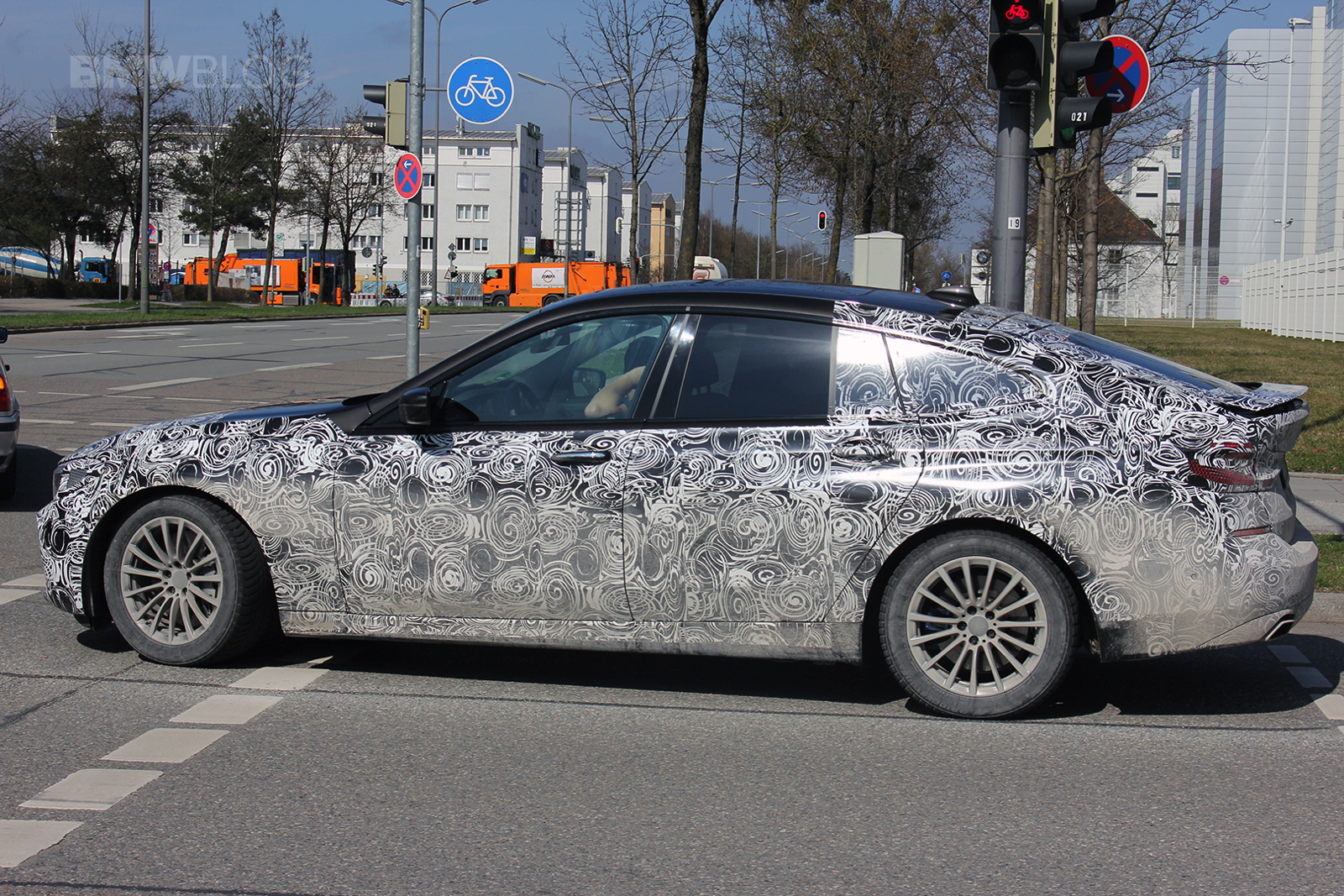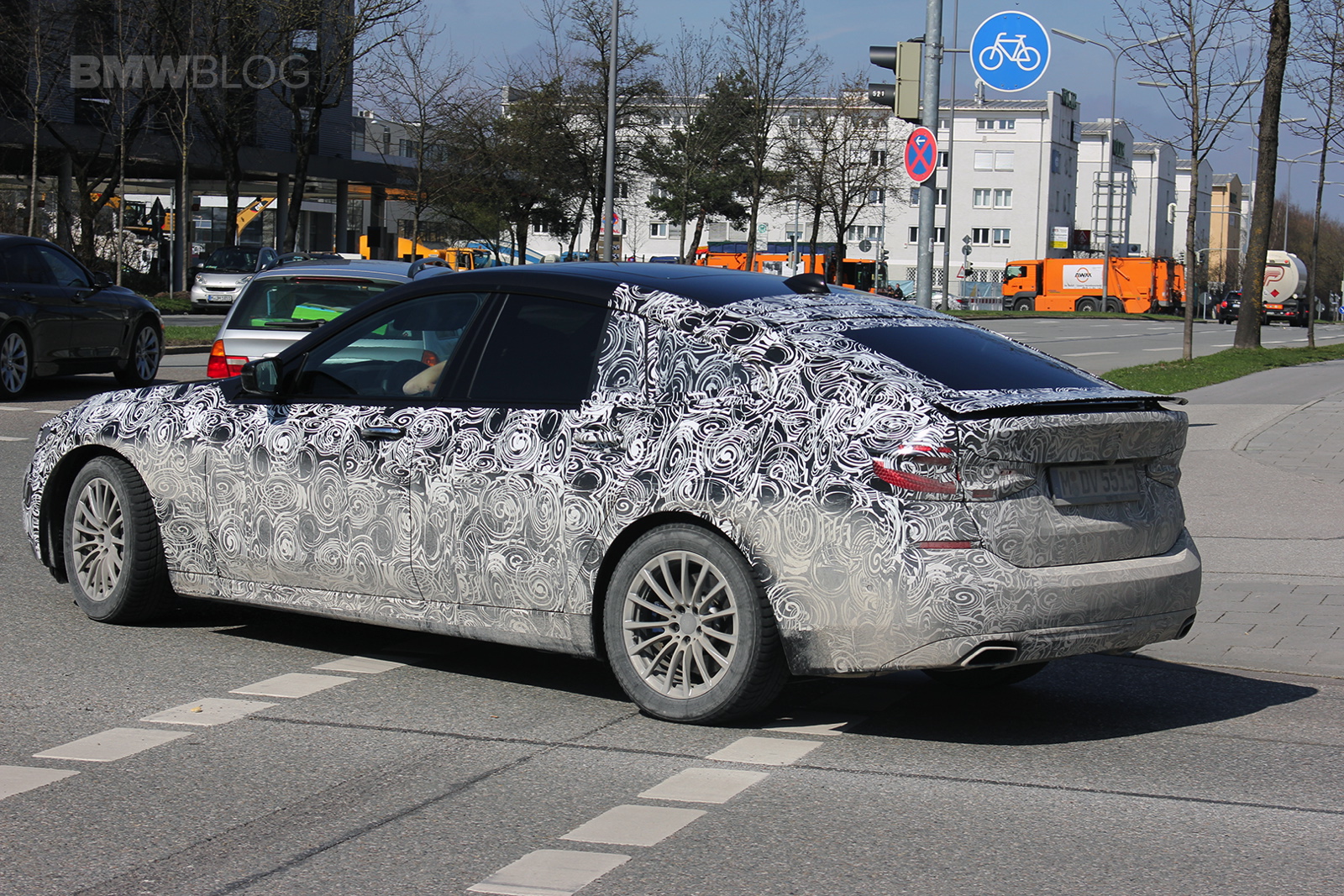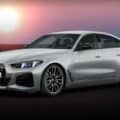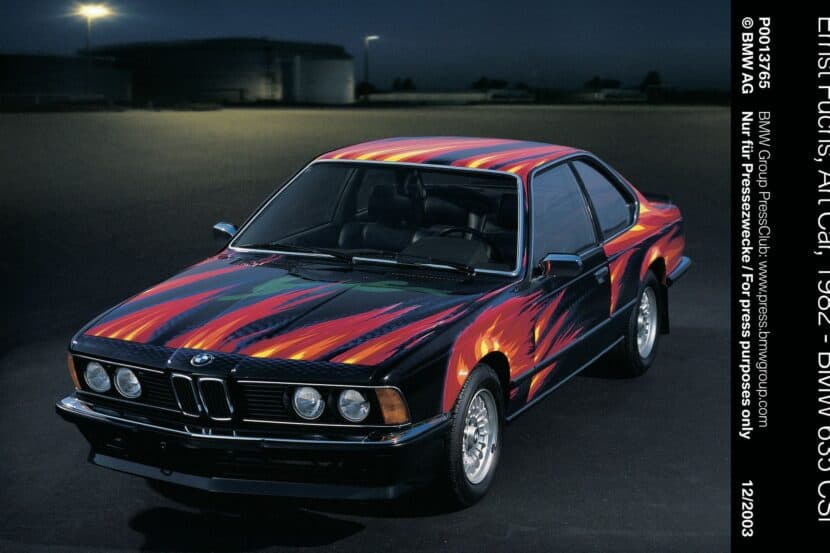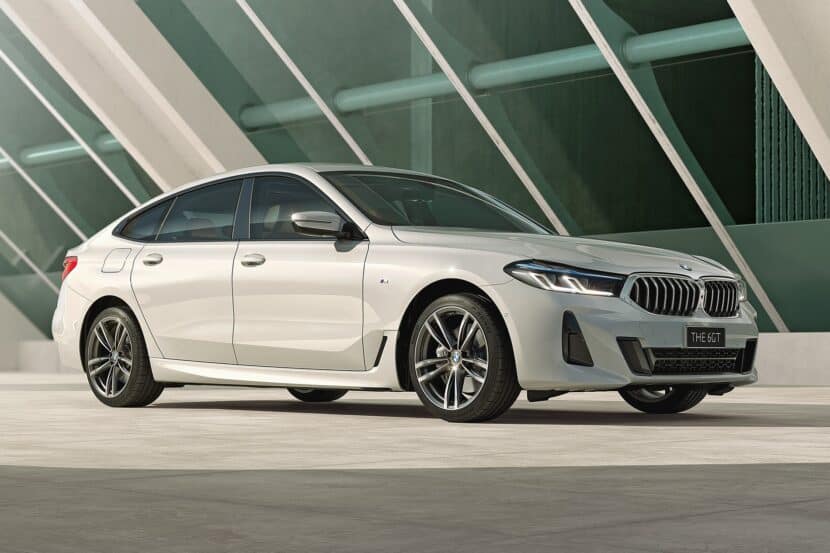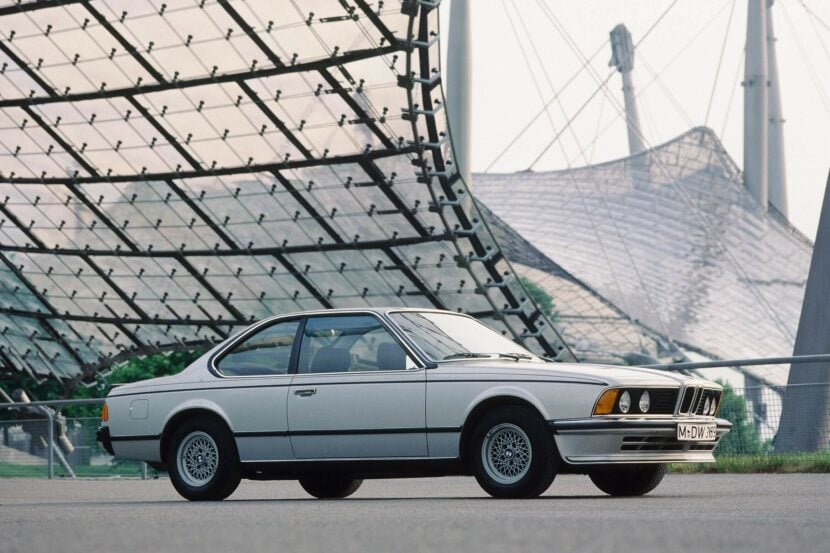From a Munich perspective, the new BMW 6 Series GT is the largest new product of the year 2017 – at least in relation to the length of the vehicle. The successor to the current 5 Series GT uses the long wheelbase of the 5 Series, which is only available in China, and will almost surpass the five-meter mark. This gives the 6 GT the best prerequisites for a more elegant roofing line, which justifies the rise of the concept in the 6 Series and eliminates the biggest criticism of the first generation: many potential customers could not make friends with the rear design of the Gran Turismo.
With the 2017 BMW 6 Series GT, these problems will be a thing of the past, yet with a small sacrifice: the trunk is a few liters smaller than before, but should still offer more than enough space for luggage. Together with the decision for a slightly longer length and a slightly flatter roof line, this ensures that the rear end can be drawn much more dynamically and thus more pleasing than before.
A few months before the start of the market in September, the view on the engine range is becoming more and more concrete. As expected, the BMW 620d GT, which will be the first BMW 6 Series to be equipped with a four-cylinder engine, marks the entry. The BMW 630i GT also comes with four cylinders, all other models available for market launch are powered by straight-six-cylinder engines. With a slight delay, the BMW M650i GT with V8-Biturbo is likely to close the engine range to the top.
Between the four-cylinder and eight-cylinder BMW places several models with six cylinders in the 6 GT series, whereby the BMW 630d GT – at least in Europe – will play the main role. On the other hand, the BMW 640i GT with the B58 engine is probably the best-selling model in the world. Customers in the U.S. and China are still not interested in diesel engines. The BMW M650d GT with quadturbo diesel is not yet fully endorsed, but from a technical point of view, there is no corresponding offer from the competitors.
The plug-in hybrid of the BMW iPerformance will certainly be an alternative for fuel-efficient vehicles. Shortly after the start of the production, the BMW 630e GT will be offered with a four-cylinder petrol engine and an electric motor. Later, 640e and 650e could supplement the program with more power. Regardless of the performance class, all plug-in hybrids come in the near future with approximately 50 kilometers of electrical range and an EU standard consumption of about 2.0 liters per 100 kilometers.
[Source: Bimmertoday][Photos: Matski]







